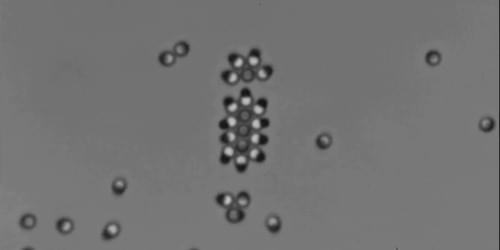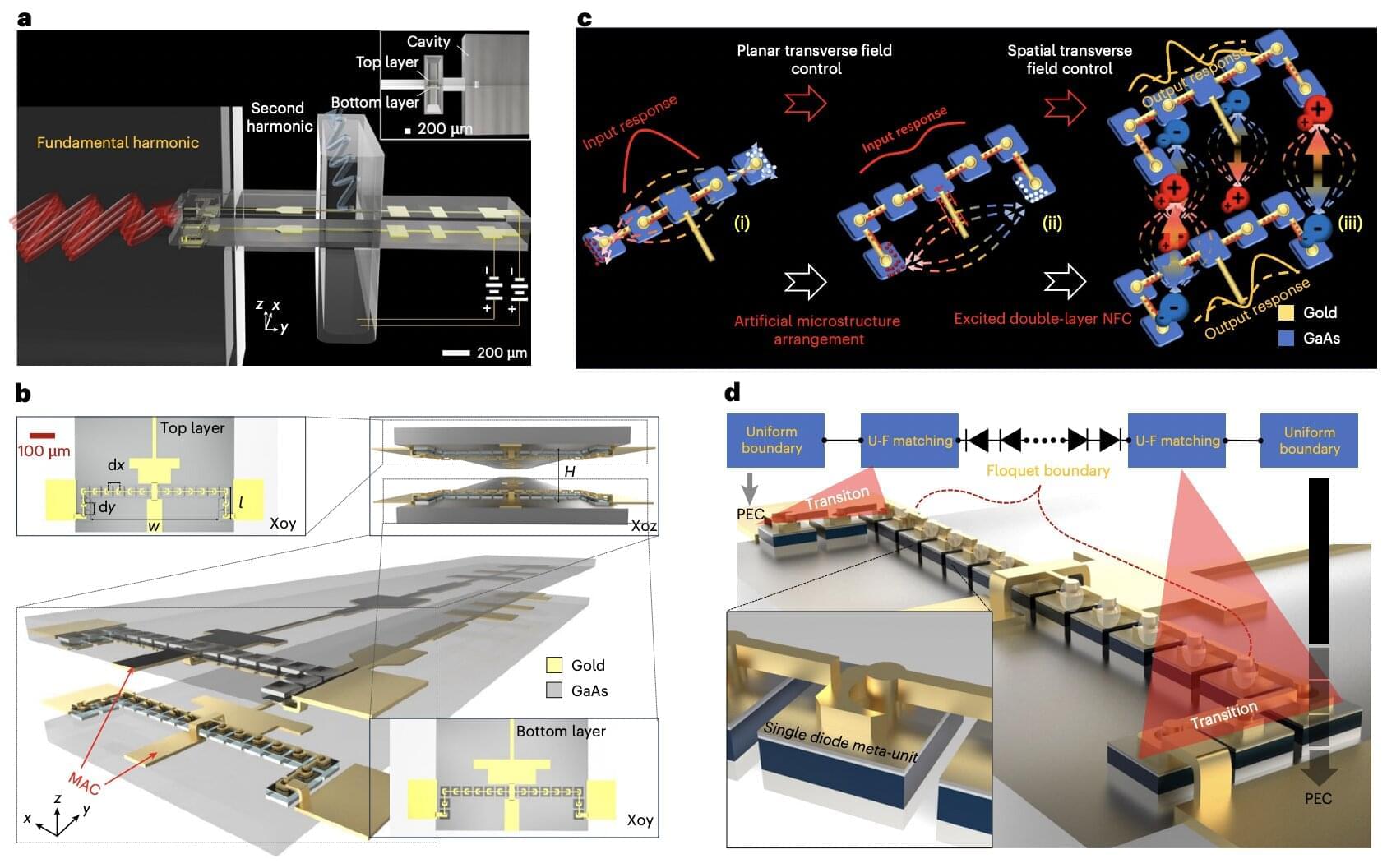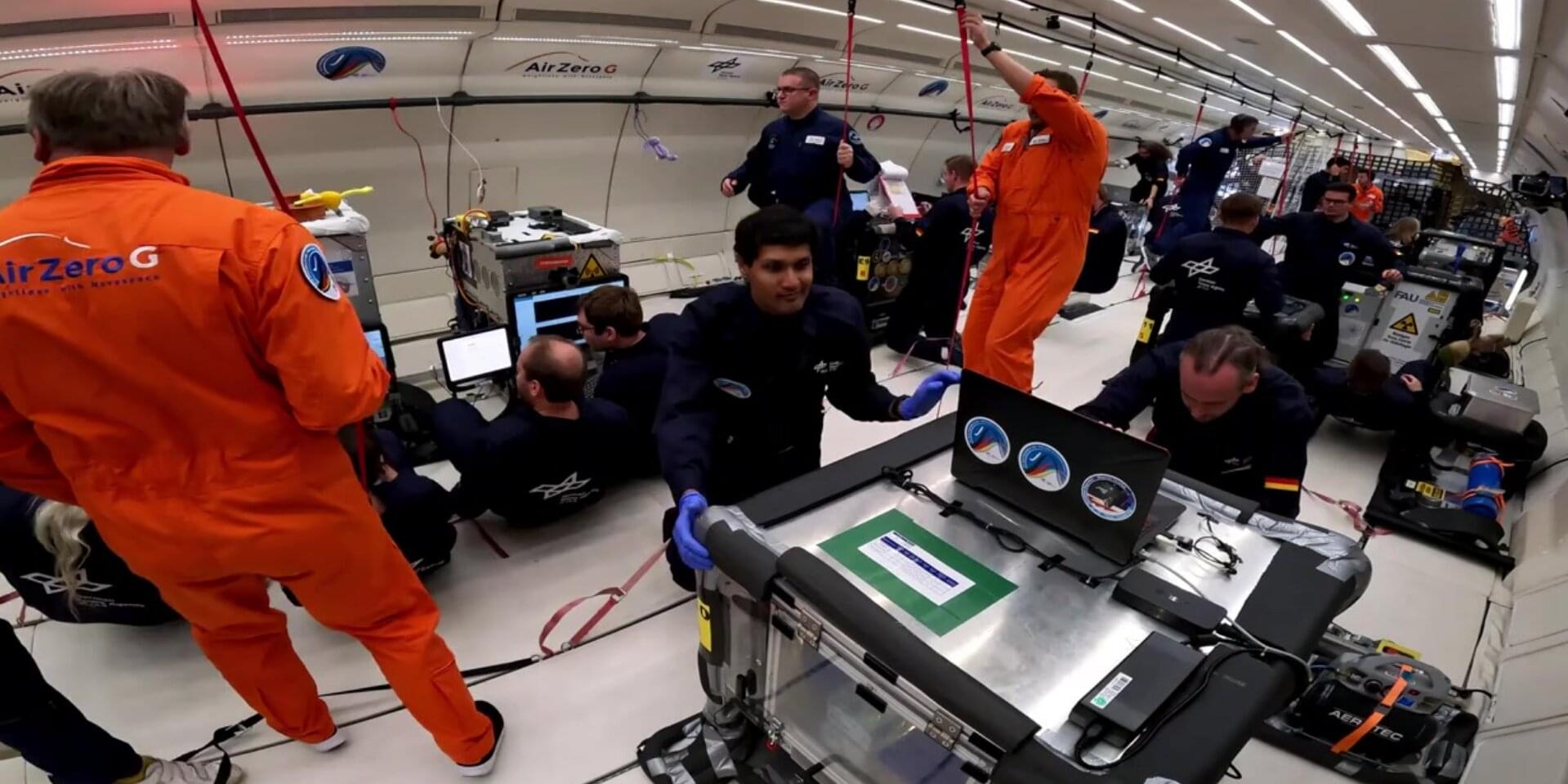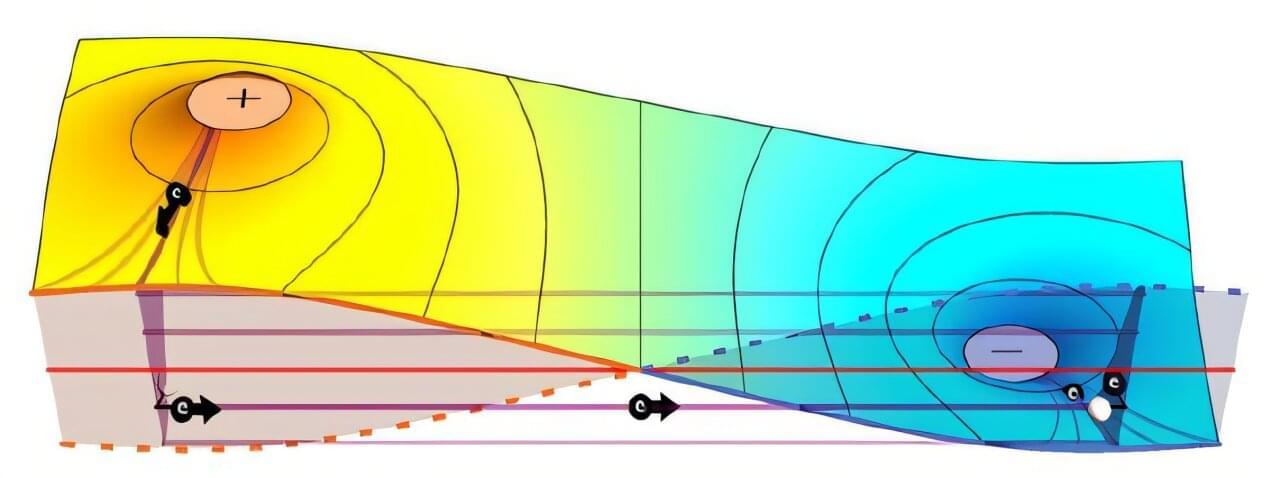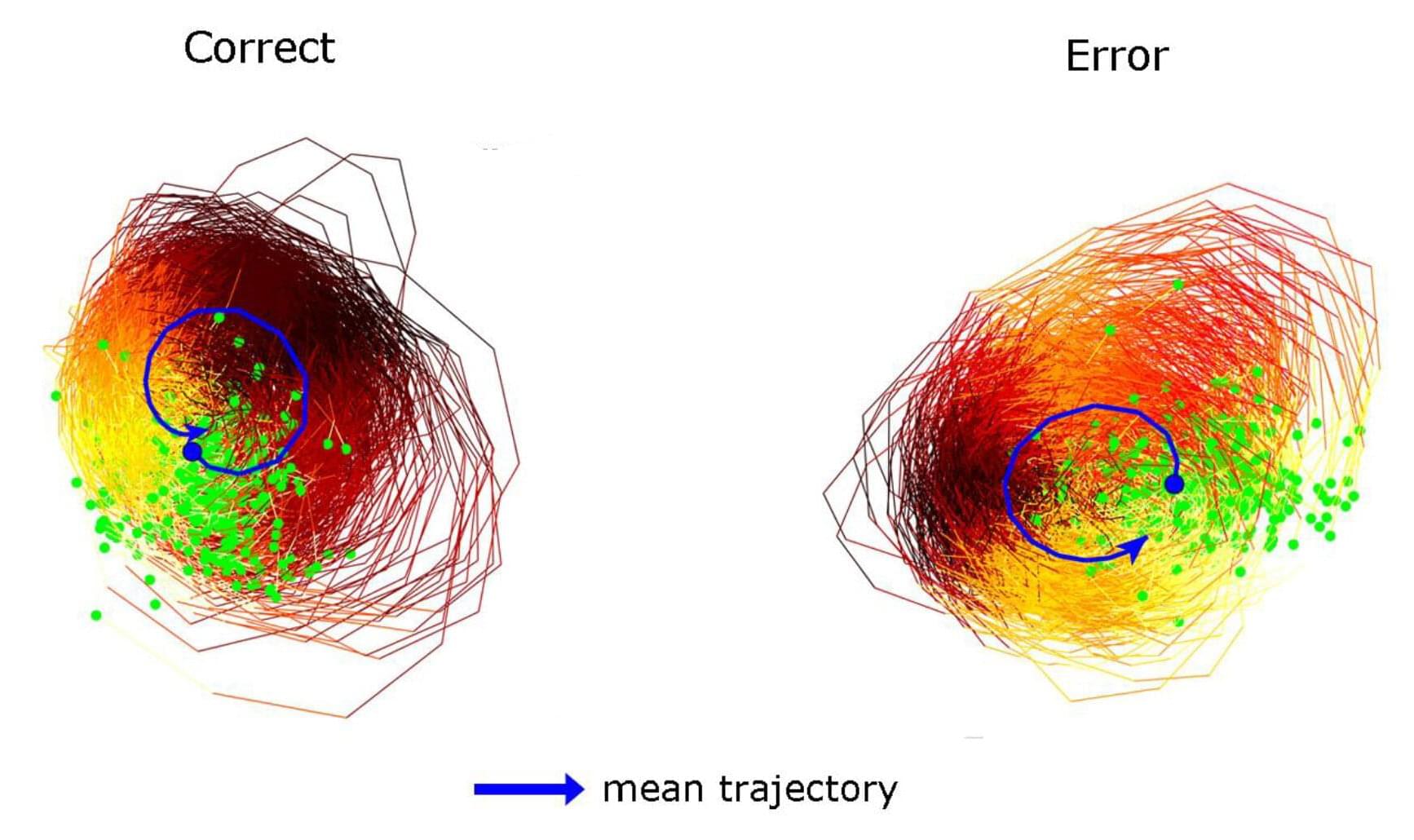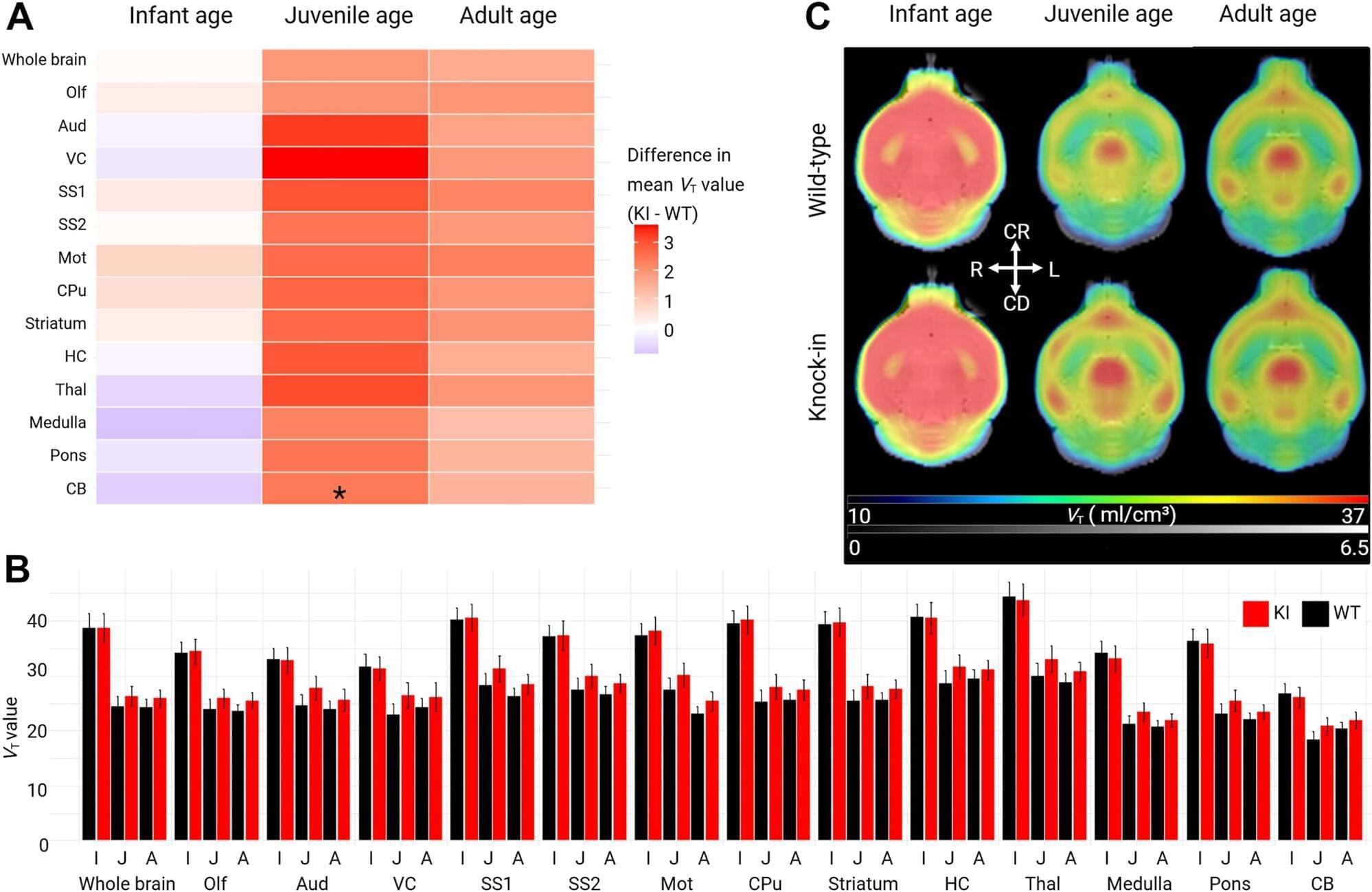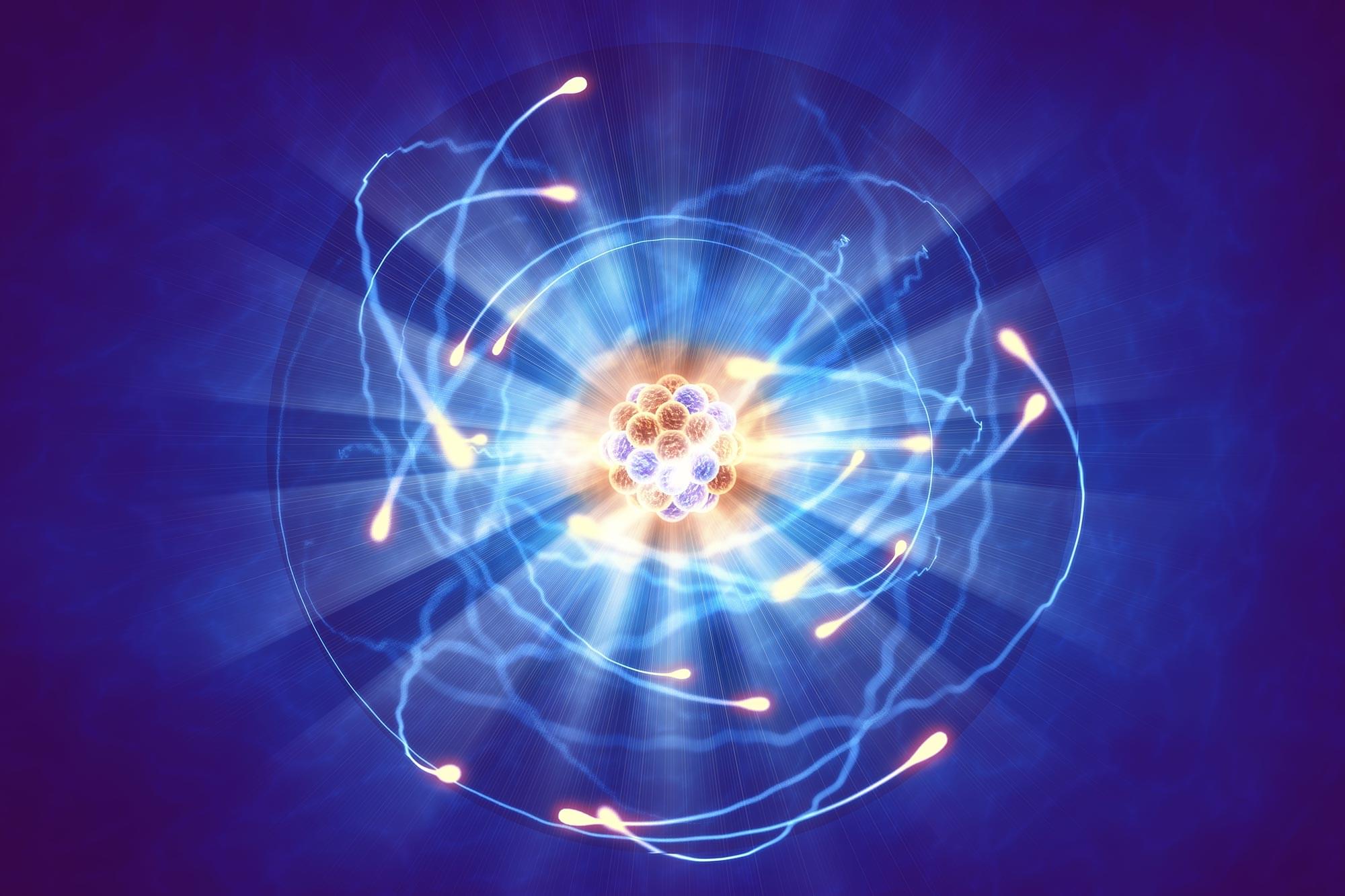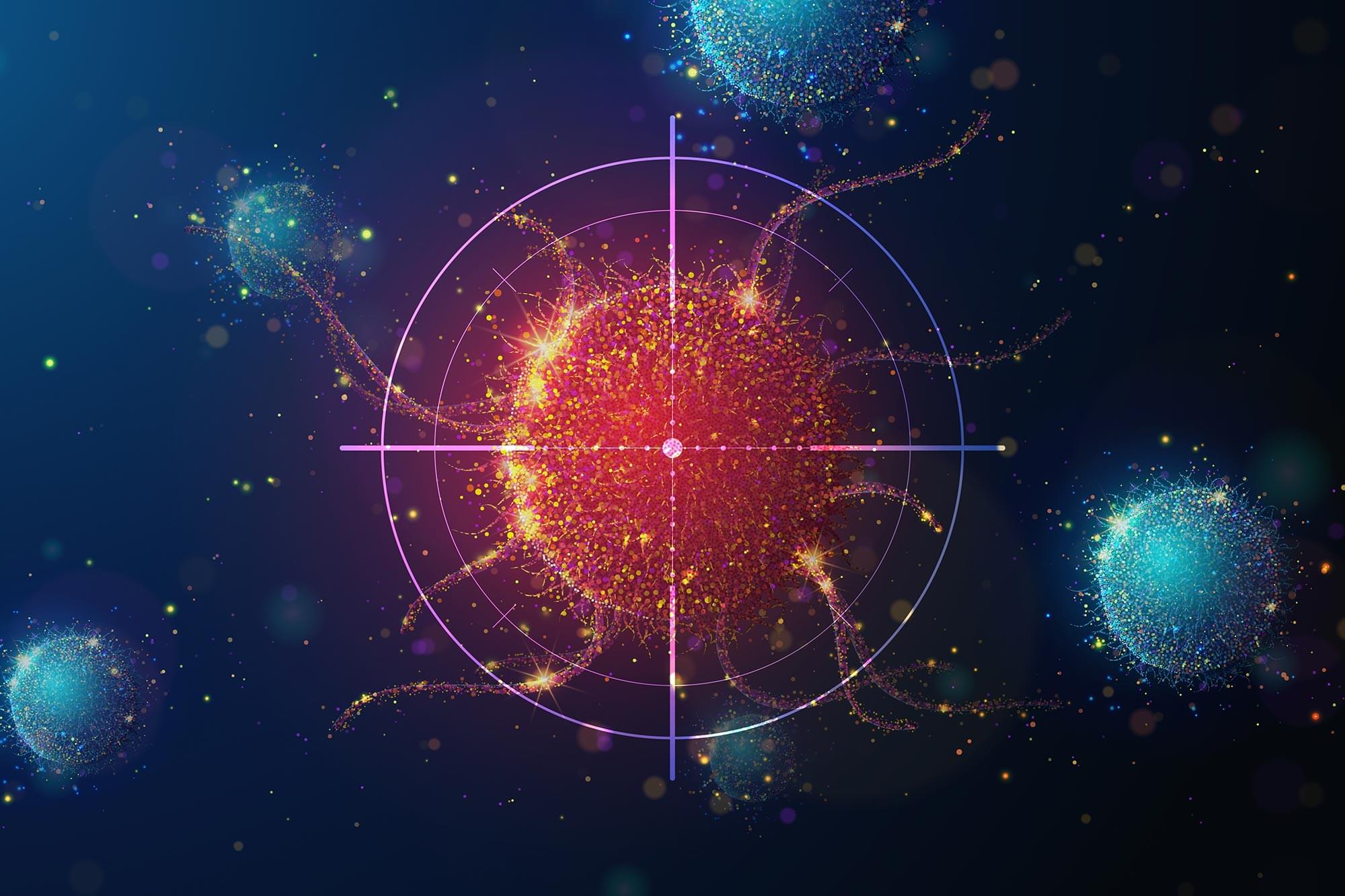Coaxing tiny, self-propelled particles into cohesive structures suggests an approach for making micromachines inspired by living systems. Taking a step toward that goal, researchers have poked and prodded strands of material made from such “active” particles and measured their responses [1]. Understanding the mechanics of structures like these will be essential for the design of devices such as cilia sheets or autonomous microrobots that perform tasks in materials assembly or medicine.
Active matter refers to collections of objects that can move on their own via some energy-consuming process. For 15 years, researchers have studied active fluids that, for example, model the emergent behaviors typical of flocking birds or schooling fish. More recently, researchers have begun to explore active solids—semirigid structures made from active particles. These structures could, in principle, change their shapes in controlled ways or adapt their locomotion to suit their surroundings.
Jérémie Palacci of the Institute of Science and Technology Austria and his colleagues previously designed an active solid made from 2-µm-diameter particles submerged in water [2]. Each particle is a plastic sphere with a hematite cube fixed to its surface. When exposed to blue light, the hematite reacts with hydrogen peroxide in the water and emits the reaction products, a bit like an underwater jet.
